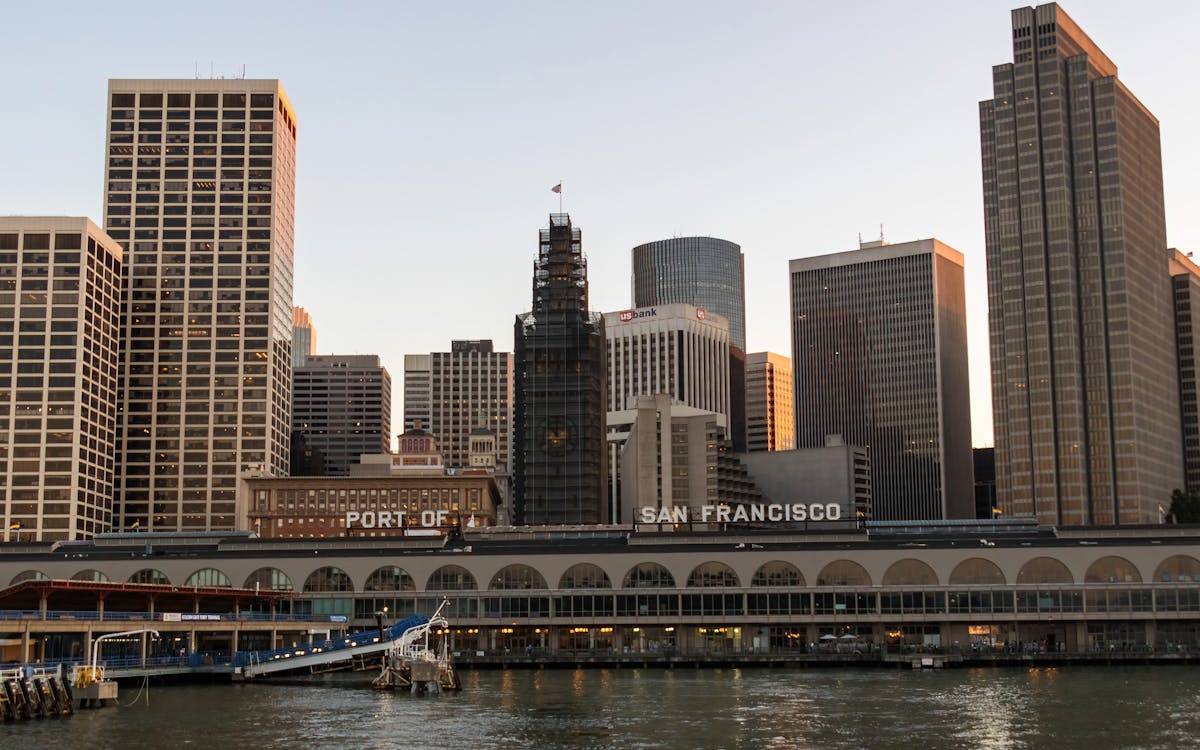The Community Effort Behind Bay Regrowth
The Community Effort Behind Bay Regrowth
Blog Article

Why Restoration Matters More Than Ever in the Bay Area
Over the last few decades, the San Francisco Bay has weathered the influence of city expansion, industrial advancement, and environment change. When including wild animals and lavish wetlands, most of the bay's natural ecological communities have actually been fragmented or weakened. Yet in the middle of these obstacles, something amazing is occurring: local residents, volunteers, and grassroots efforts are leading a wave of environmental remediation that's bringing brand-new life back to the Bay.
Remediation isn't just about planting trees or tidying up garbage, though those initiatives are very important. It's concerning restoring the structures of life, from marsh grasses that support fish nurseries to shoreline buffers that guard against flooding. And in this region, the power of neighborhood participation is transforming the tide extremely reasonably.
From Marshland to Miracle: The Return of Native Habitats
One of one of the most noticeable modifications occurring in the Bay Area is the re-emergence of indigenous habitats. Marshes that were when drained or led over are being rehydrated and replanted. Turfs and bushes aboriginal to the region are being cultivated by area groups, that often depend on neighborhood volunteers to assist grow seedlings and handle controlled growing events.
These native plants do greater than add plant to the landscape. They provide sanctuary to migratory birds, pollinators, and tiny mammals, creating pockets of biodiversity amidst hectic city areas. As these habitats broaden, so does the eco-friendly health and wellness of the Bay itself. When regional residents take time out of their weekends to get their hands in the soil, they're not just growing-- they're taking part in the reconstruction of a living, breathing ecological community.
The Role of Education in Fostering Environmental Stewards
Education and learning plays an essential part in why these community-led efforts are working so well. Schools, area facilities, and not-for-profit groups are arranging hands-on understanding experiences where participants of any ages can comprehend the science and relevance of restoration. These programs commonly bring individuals in person with issues like erosion, air pollution, and water level increase-- subjects that can feel abstract until they're seen up close.
When someone sees the fragile equilibrium of an estuary or finds out exactly how a solitary plant varieties can filter contaminants from the water, the worth of that expertise ends up being individual. And keeping that understanding comes the motivation to act. Recovering communities comes to be much less of a job and more of a goal. This deep link to local rooms is what establishes the Bay Area apart and gas the long-term success of these initiatives.
Using the Digital World to Drive Real-World Change
Remarkably, the press to heal the Bay's ecological communities isn't occurring alone from the electronic world. Innovation is ending up being an effective tool in rallying support, spreading recognition, and attaching areas. Whether through resident scientific research apps that track native varieties or neighborhood online forums arranging restoration occasions, the online area is matching boots-on-the-ground action.
In the last few years, even regional outreach approaches have progressed. As an example, a social media marketing agency in the Bay Area might support ecological projects by aiding volunteers enhance their impact, inform their tales, and influence others to get involved. These electronic touchpoints have the power to turn a small weekend clean-up into a regional movement simply by allowing individuals recognize it's happening-- and that it matters.
Email Campaigns That Inspire and Inform Local Change-Makers
Another electronic method making a tangible distinction is email interaction. Updates concerning reconstruction events, seasonal growing efforts, and donation drives are usually shared with thoroughly crafted e-newsletters that strike an equilibrium between being informative and motivating. It's not uncommon for a well-timed project view from an email marketing agency in San Francisco to bring a rush of volunteers or donations to a task in need.
These email projects aren't just transactional-- they're transformative. By informing clients concerning the direct effect their participation has, they support long-term interaction. Viewers pertain to seem like stakeholders in the health of their region, which psychological connection converts to lasting dedication.
The Unseen Work of Connecting Data, Communities, and Nature
Behind every successful restoration project lies a complicated web of sychronisation. There's research to recognize what environments need most, neighborhood comments to shape inclusive plans, and follow-up monitoring to guarantee success. This type of continuous effort typically needs not just heart, yet data, strategy, and communication.
That's where the support of a digital marketing company in the Bay Area can make a peaceful however vital difference. By aiding organizations construct strong digital systems, gather understandings, and fine-tune their messaging, these groups make it possible for area teams to scale their effect. The outcome is a much more connected and effective movement, where every activity counts, and every person seems like they're part of something bigger.
The Power of People in Preserving the Bay's Future
If there's one thing the Bay Area has actually proven, it's that reconstruction does not need to start with large establishments or massive budget plans. It can start with one next-door neighbor drawing weeds from a path, one trainee growing a native seedling, or one family appearing to a coastline cleaning. These tiny actions build up, especially when they're supported by clever approaches and shared with the broader neighborhood.
There's something distinctively enthusiastic about seeing the tides turn-- both figuratively and actually-- for nature. The Bay is far from fully restored, but it's being revived each day through the persistence and care of those that call this area home. With each marsh rebuilt and each indigenous varieties shielded, we're not just restoring environments-- we're picturing what's possible when areas lead with function.
Keep following this blog for more stories on regional adjustment, area impact, and the means you can be part of securing the natural beauty that surrounds us.
Report this page